On the Road is a weekday feature spotlighting reader photo submissions.
From the exotic to the familiar, whether you’re traveling or in your own backyard, we would love to see the world through your eyes.
This week we have chunky birds as a gift from Albatrossity, wrecking yards courtesy of Steve from Mendocino, BillinGlendale gives us some fall color, and BretH takes us along in the Peace Corps and work with a NGO.
Albatrossity
Since travel is still difficult, I was at somewhat of a loss regarding upcoming submissions for On The Road. But a couple of conversations with WaterGirl triggered a thought, and now all of you are going to get the benefits (or not) of that discussion. She once mentioned that she really liked some of my pics of small “chunky” birds. She also once wondered if I had a picture of a particular bird, since she had seen a sculpture of that species and really liked it. I had a pic, but it was a slim trim version of the adorable chunky sculpture, so it was judged to be not nearly as cute!
Since I have a long professional relationship with fat (my academic research for over 40 years focused on lipid metabolism), I thought I could dig up some pics of chunky birds. And a fat bird is a happy bird! Because most birds fly, the best fuel is fat, packing (as your nutritionist will tell you) more calories with less weight than any other food. Birds fatten up to fly, to lay eggs, to get through a long winter night, and so any time they can pack on some fat, they go for it. So here are a few weeks of chunky birds from many places in the world, plucked from my archives. I do hope that at least a couple of them bring a smile to WaterGirl, and help her recover from the tragic unexpected loss of her pup.
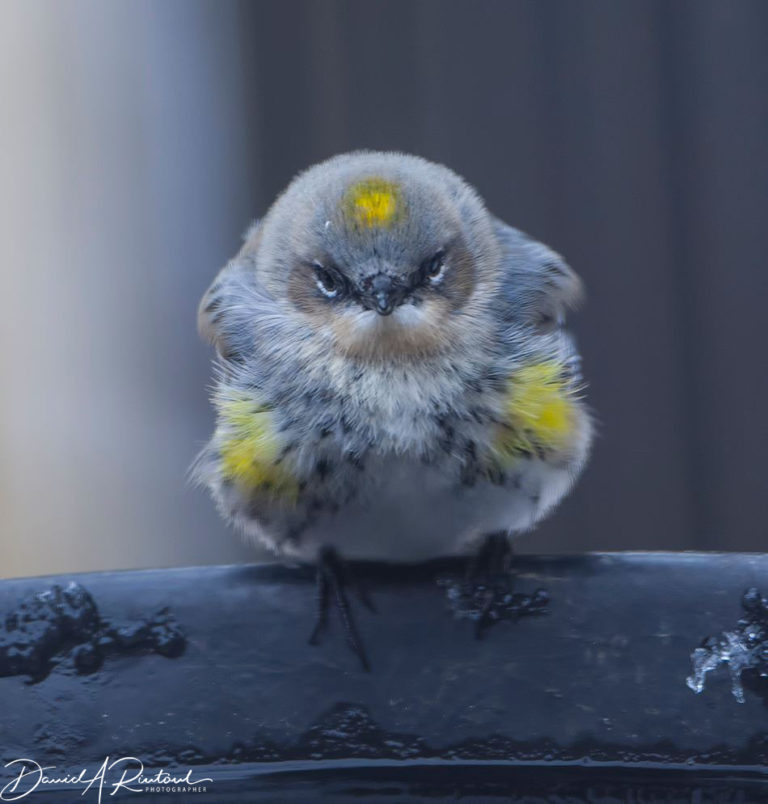
This Yellow-Rumped Warbler (Setophaga coronata), perched on the rim of my birdbath on a chilly winter day, is all fluffed up to keep himself warm. This species of warbler is unique among the warblers of North America, since they do not depend entirely on insects, but can digest some fruits and berries, allowing them to winter further north than their insectivorous cousins. This subspecies, with a white throat, is named the Myrtle Warbler, based on their known fondness for the berries of the wax myrtle.
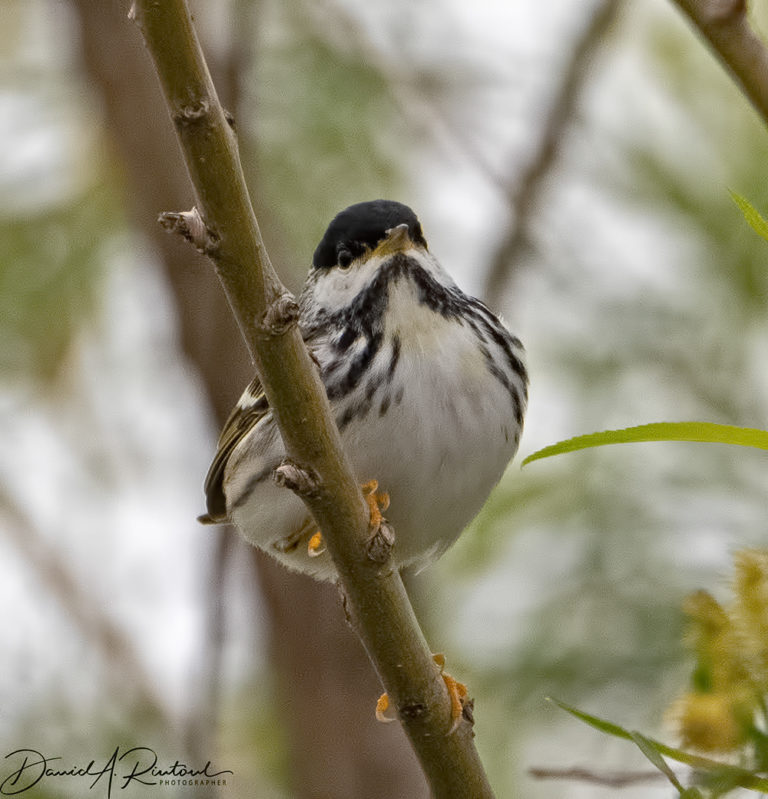
Another warbler who needs to get fat is this Blackpoll Warbler (Setophaga striata). Fat is the key to their long-distance nonstop fall migration from the northeastern North America to the coast of South America, about 2500 km (about 1500 miles in American). At the start they weigh about 20 grams (very fat for a warbler), and will lose 4-8 gms of fat, achieving mileage equivalent to 700,000 mpg if you convert fat calories to gasoline calories.
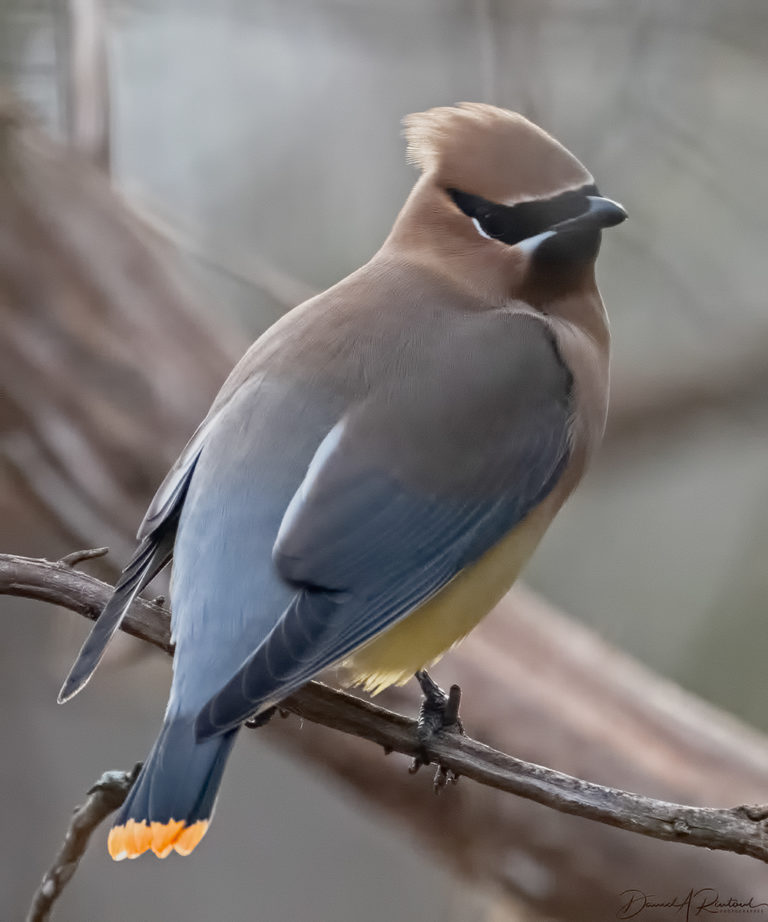
Here’s another fluffed-up bird, a Cedar Waxwing (Bombycilla cedrorum). Waxwings are high on the list of favorite birds for many folks, and this particular one is even more special. The normally yellow tip of the tail is orange, probably because this bird ate a lot of honeysuckle berries while those feathers were growing. The red carotenoid pigments in the berries get incorporated into the regular yellow carotenoids that give a normal waxwing a yellow tail, and you get this pumpkin-orange effect!
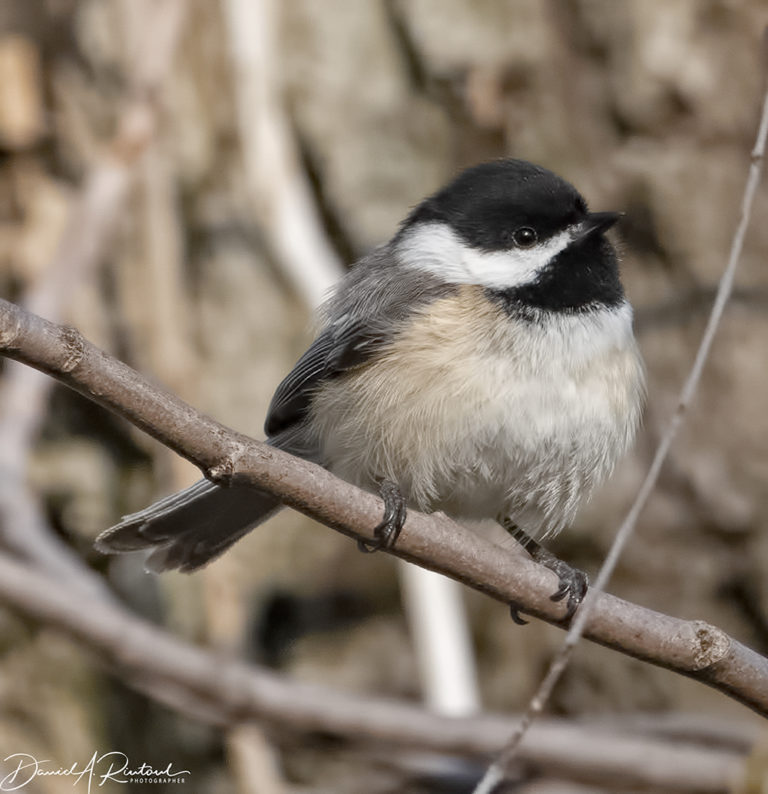
Black-capped Chickadees (Poecile atricapillus) are familiar to birders across North America, and their antics at the feeder entertain a lot of folks (and indoor cats). On cold days they can get very round as they fluff up and await a port at the feeding station.
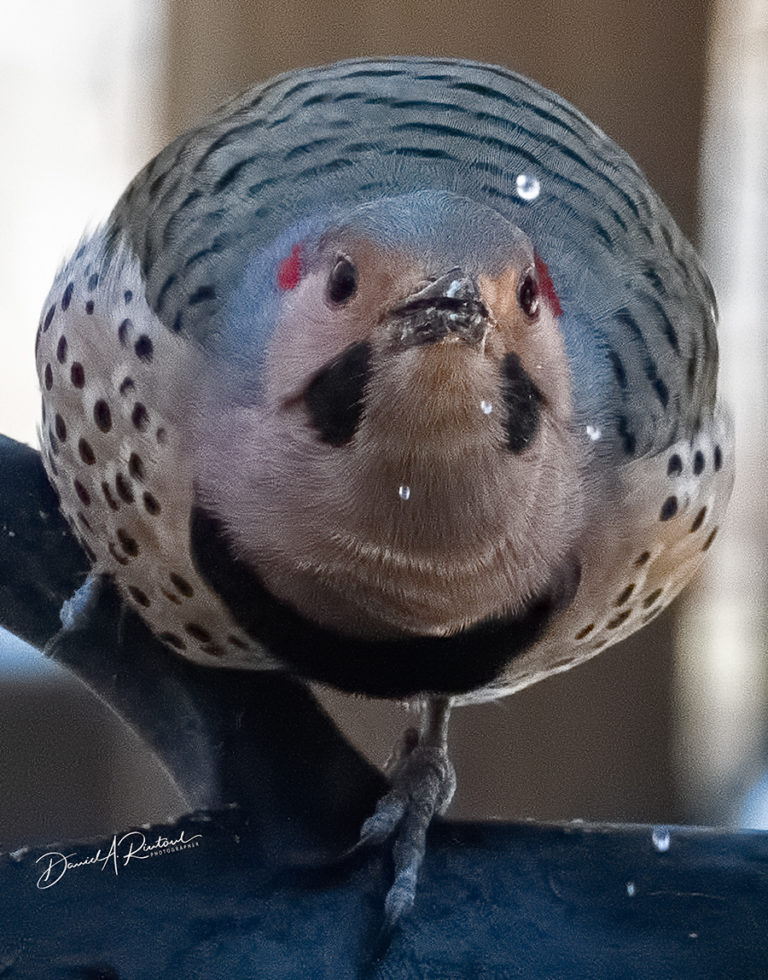
This Northern Flicker (Colaptes auratus) is not really chunky, the camera angle just gives him a nice circular profile as he vigorously slurps down a drink of water. So it really is true that the camera makes you look fat!
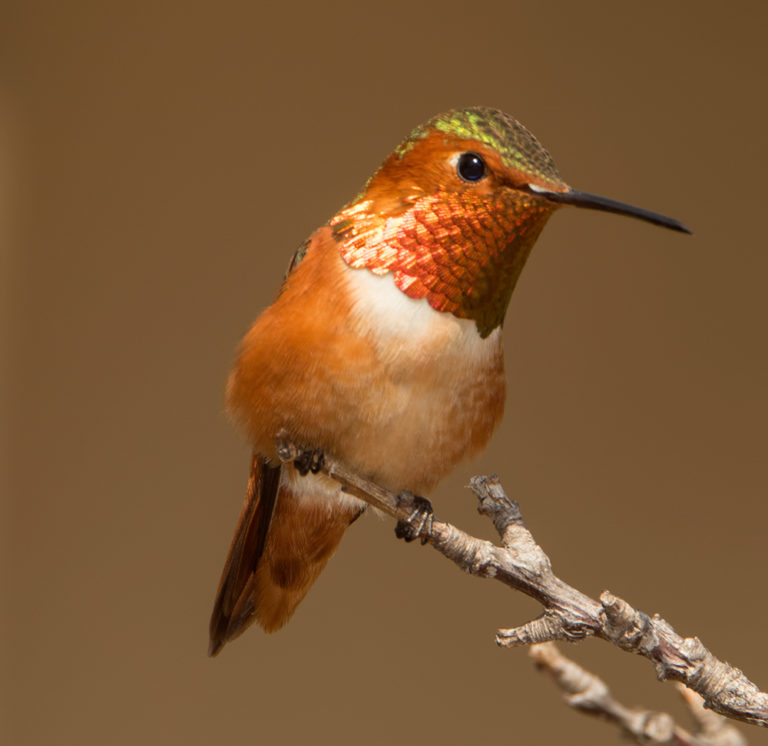
Rufous Hummingbirds (Selasphorus rufus) often have a pot-bellied look, but they are not softies. They have an attitude, and will incessantly chase other hummers from “their” feeder. They also live in colder mountainous climates where the temperature drops precipitously at night, so they have developed the ability to lower their nighttime body temperature from their normal 105° F to about 55° F in order to conserve energy, aka body fat. Don’t be fooled, this is one clever bird.
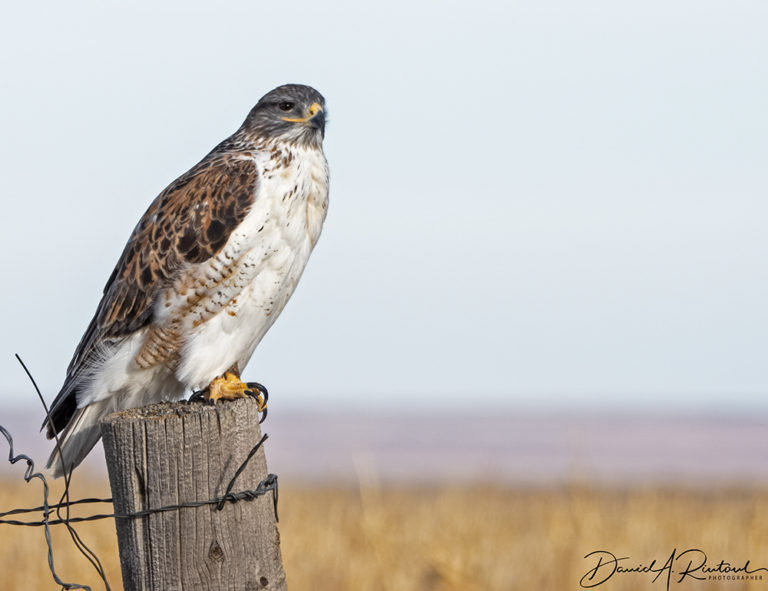
Here’s another bird that often has a pot-bellied profile, a Ferruginous Hawk (Buteo regalis). He’s not exactly chunky, but he certainly looks well fed! That last prairie dog must have been hefty.
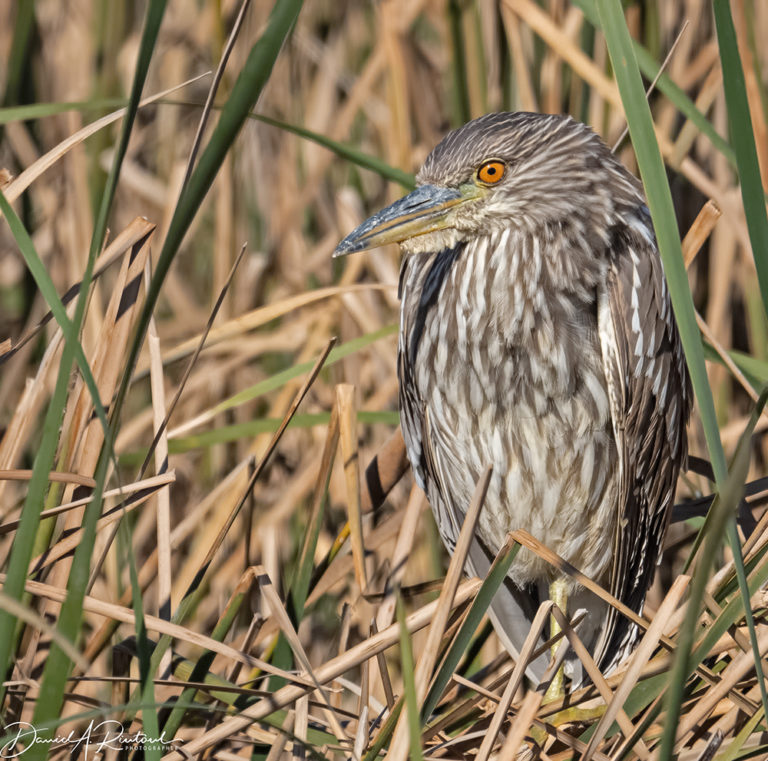
Young birds can often seem chunky as well. Since their parents often feed them and they don’t use a lot of energy finding and catching food, they can get pretty fat. In fact, for most birds whose parents feed them (altricial birds), their body weight is at a lifetime maximum on the day that they leave the nest. After that they have to fend for themselves more, and that baby fat melts right off. This young Black-crowned Night-heron (Nycticorax nycticorax) might be looking forward to that day, but perhaps not eagerly.
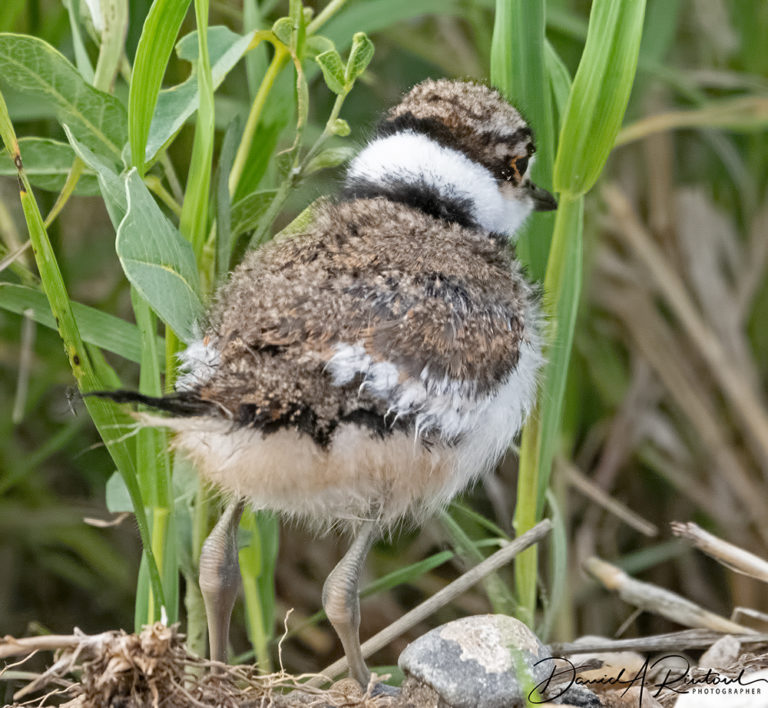
Young birds also often have fluffy downy plumage to keep them warmer, but it also can add to that chunk-style look. Although Killdeer (Charadrius vociferus) parents don’t feed their precocial youngsters, those downy feathers make these guys look bulkier than they really are.
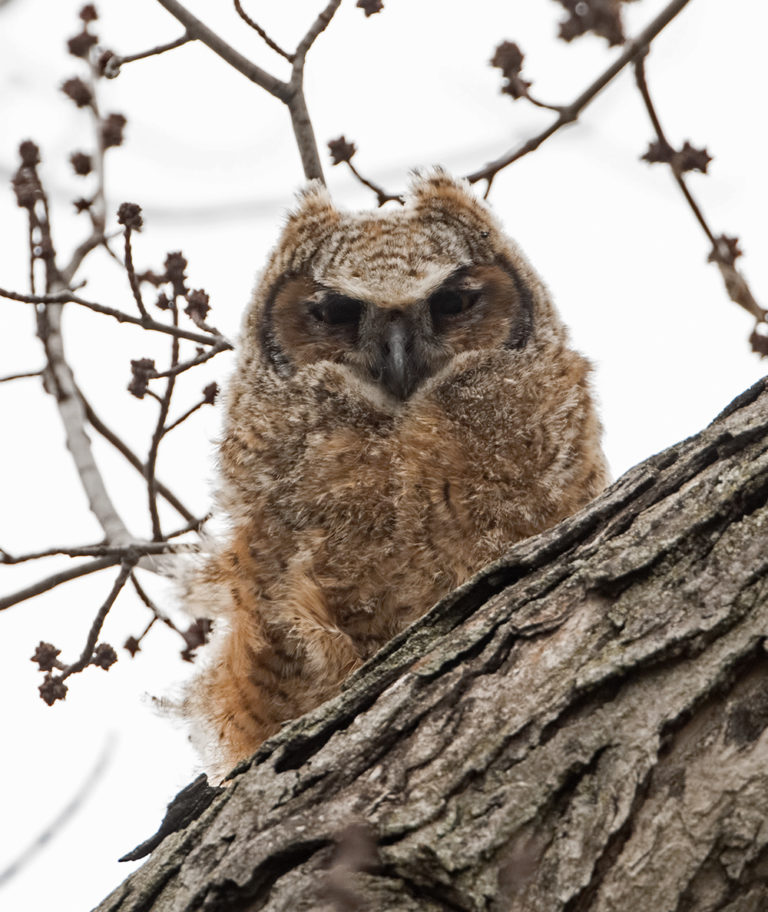
Young Great Horned Owls (Bubo virginianus) not only have plenty of fat from parental feedings, and plenty of downy feathers, they also have the ability to look quite cute and cuddly. Don’t be fooled; they’re really not.

JPL
Is it me, or does chunky bird appear to be threatening Putin. Just try it ……
The hummingbird photo is stunning.
Betty Cracker
Reviewing excellent photos of spherical birds is a great way to start the day — thank you!
Juju
Boy that warbler looks mad. Hummingbird pictures are always a good thing. The owl looks a bit surprised, but it could just be me.
OzarkHillbilly
This one time I was sitting by an alpine lake, relaxing a bit and enjoying that weightless feeling one gets right after dumping the back pack. There was a cloud of mosquitos hovering 3 or 4 feet above my compadre and I and the air was filled with their incessant buzzing. I knew that sooner or later they would descend en masse to suck every drop of blood they could from our bodies, but for the moment they were restraining their communal blood lust. Then the tone of the buzzing changed, it became sharper, more insistent. I looked up expecting to see the cloud descending but instead I saw…
Oh. My. Fucking. Gawd… It was the mother of all mosquitoes, a regular 747 coming straight for me, it’s beady eyes affixed on my throat, intent upon dea…
Oh, wait a minute, it’s a hummingbird.
JPL
@OzarkHillbilly: lol
eclare
OMG I laughed out loud at that Northern Flicker! To me it looks like some sort of sea creature, like a puffer fish. What a sphere!
WaterGirl, somehow I missed the bad news. I’m so sorry. Hugs.
eclare
@OzarkHillbilly: Hahaha…
Rob
The Yellow-rumped Warbler is like “yeah, right”.
These are the photos I need to see this morning!
WaterGirl
The first one did bring a smile to my face, Albatrossity. It was so nice of you to do this for me.
WaterGirl
@eclare: thank you.
Here’s the link in case you want to read the post.
eclare
@WaterGirl: What a sweet video, I’m so glad you have it. I love how midway through they change directions! I’ve watched it several times. My deepest sympathy to you and Henry.
Rusty
When we owned an old farm house, my shop was in the barn. There were a number of holes and such in the walls, and a pair of barn swallows built a nest on the post over my work bench. I would leave the door open in the day when I was working on projects to make it easier for mom and dad to fly in and out, and at night momma would be tucked on her eggs. One day I came in to hear a cacophony of little cheeps. Mom and dad then got really busy, constantly flying in and out with food for the fledglings. As they got fatter, they fit less and less well in the nest, each day spilling out a little more until they were basically a mound of baby birds like ice cream on a cone. I remember coming in one day to find all the little ones lined up on the power cord that ran from the overhead fluorescent light and past the nest. The little round puff balls all just sat there watching me butcher whatever woodworking project I had that day. A few days later they and mom and dad were all gone. It was a delightful experience but I was a bit sad they were gone. These pictures so much remind me of those little guys. Thank you for sharing them with us.
BethanyAnne
This is fabulous. Thanks for sharing! I love the photo of the chickadee.
JAFD
Ms Watergirl, sympathy for the loss of your companion dog (Hug)
Spring is coming to the metropolis, the trees and grasses have begun filling the air with pollen and other histamines, and 10 Mg of Cetirizine still leaves my nose running like Ron Delany and my eyes gunked up. First world – excuseme, Ach..OOOOO – problems.
Happy End of February, jackals !
eclare
@Rusty: What a touching story.
Anyway
Great pics! The cedar waxwing has a punk aesthetic and the Yellow-Rumped warbler looks fat and mean!
–anthropomorhing like crazy
MelissaM
Watergirl, my sympathies on the loss of your pup. That video is pretty cute! No play bow invitation or anything, just into the chase. I hope you booked an appointment with your vet to let them know how they let you and Tucker down.
Albatrossity, fun pictures! That first warbler seeming to stare at the camera for some reason reminds me of that Snow White scene in one of the Shrek movies, where she gathers her minion birds and then attack to the tunes of Led Zeppelin.
SteveinPHX
Thank you! Thank you!
WaterGirl
@Rusty: Bittersweet story!
My neighbor use to keep a bath at ground level for a pair of ducks (geese?) who came every summer. She fed them peanuts, too. We really looked forward to their arrival every year and it was nice to have them around.
Then one year it was just her, and then she never came back again.
Now all I have are the memories and the little peanut plants that still come up as weeds every year.
Glidwrith
Young daughter calls these birds as ‘borbs’
Chat Noir
@Rusty: We had a robin’s nest on our house a couple years ago. Four baby birbs plus mom and dad. For two weeks, we got to watch the babies grow and watch mom and dad feed and fuss over them. (It was hard mowing the lawn because I felt guilty for causing parental angst at the noise of the mower.)
And then one morning, they were all gone. I was sad to see the empty nest.
Albatrossity
@Glidwrith: That’s a great word! Tell your daughter thanks for that!
Miss Bianca
Rufous!
We call them “douche copters” up here at the Mountain Hacienda, because they really will act like it. They get their own separate feeder they can guard at the back of the house when they show up.
stinger
Every one of these is spectacular!
And tomorrow I get to turn the page on my Albatrossity calendar. Can’t wait to see what bird butt I’ll be looking at for the next 31 days!
arrieve
I love these pictures! My favorite is the young great horned owl. There’s been one (an adult) hanging out in Central Park and posing for the birders for the past few weeks, and I was lucky enough to see it a couple of weeks ago. It was taking no shit from a flock of crows that were trying to drive it away. Not cute and cuddly at all.
J R in WV
Wonderful photos, very cute birbs, also. Thanks!
When we lived down by the creek in the V old jenny lind farm house, there was a big cedar tree outside the kitchen sliding door. The house is gone now, but the tree is still there. [here in the east I think it is actually a juniper, not a botanist tho]
One spring that tree was covered up with those little blue berries, with a coating of wax. One morning we were doing the morning hot coffee and tea and looked out at the cedar tree, which was alive with movement, all over, in an almost hallucinatory way. Upon closer inspection, it was full of cedar waxwings, devouring the berries, in fierce competetion with one another.
It lasted for several hours, and then suddenly they were all gone, headed north on the annual trek. We still see one or two, but never a huge flock like that.
Was one of the more amazing birb sightings we have had on the hillside farm.
way2blue
These are delightful! Thanks. And some are hilarious. (I have a photo of an obese bird—I spotted while in Costa Rico years ago. Waddling along a path eating berries… )
A woman from anywhere (formerly Mohagan)
One of the first birds I learned for my area was the Yellow-Rumped Warbler, which the Audubon walk leader said were fondly called “butter butts” :-). They show up in downtown Ukiah eating from the trees lining the main streets. Also, too, Cedar Waxwings. I also saw a flock of Waxwings on a walk a few days ago. Such lovely birds! The high whistle they give always lets me know they are around and to look for them. Right now, we are having a Robin convention in the trees around our house.
BigJimSlade
@Albatrossity: Lipid metabolism, huh? Anything to do with brown fat and/or our ability to maintain our body temperature? I’ve wondered how we (and other animals) do that so well. For instance, our temperature is really stable! And we can up it a few degrees (to attempt) to fight off infections (and feel terrible doing it).
Tehanu
The Chickadee and the Cedar Waxwing are terrific, but the Myrtle Warbler is my soul mate! Thank you for these!